
OR
Oli stresses on strong ground for full implementation of budget
Published On: June 8, 2018 04:39 PM NPT
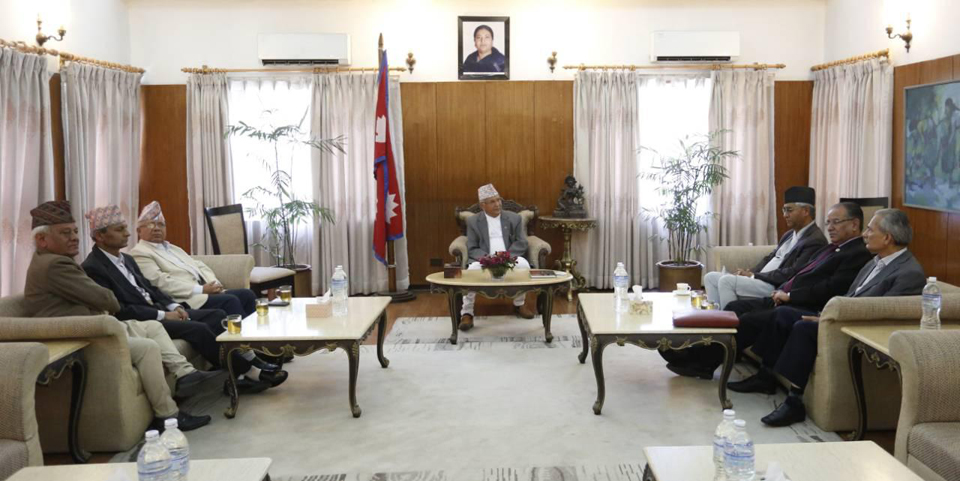
KATHMANDU, June 8: Prime Minister KP Sharma Oli has directed ministers and secretaries to come up with point-wise work plans by coming June 29 in relation to the implementations of policies and programs; and budget prepared for the upcoming fiscal year.
The Prime Minister summoned ministers and secretaries to his office today and directed them to create a ground for ensuring the full implementation of budget from the very first day of upcoming fiscal year (Shrawan 1, 20175 BS).
According to Finance Minister, Dr Yuba Raj Khatiwada, who was present in the meeting, during the meeting they received instructions from the head of the government to develop all required structures, laws and other conditions to ensure the effective enforcement of budget unveiled by the government on May 29.
"People have a great faith on us. It is necessary to formulate plans and create an atmosphere enough for facing needs and demands of a modern era. Passiveness and lack of sense of responsibility on part of employees can't be tolerated," the Finance Minister quoted as saying the Prime Minister.
As stated by Prime Minister's press advisor, Dr Kundan Aryal, the Prime Minister reiterating his commitment to adopting a zero-tolerance policy against corruption, advised ministers and secretaries to leave no stone unturned to fulfill their responsibilities towards the people and nation.
The Prime Minister was of the view that it would hold no meaning for government employments to spend time in palm pleasing to win favor of people in power. He urged them just to believe in competency and work efficiency instead and make no effort to win extra favor regarding their interests for various appointments and for transfer and promotion.
Chief Secretary Lok Darshan Regmi assured of full professional dedication of employees to make the budget successful. RSS
You May Like This
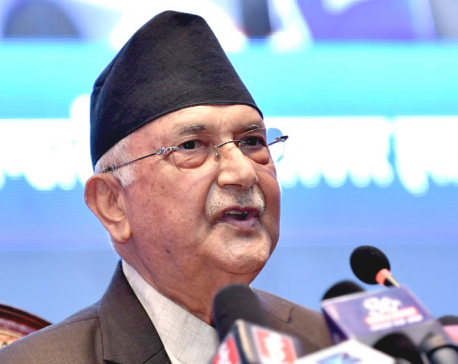
Oli terms budget making this year ‘unethical,’ demands parliament probe influence of outsiders in Budget 2022/23
KATHMANDU, July 4: Chairman of the main opposition CPN-UML, KP Oli on Monday demanded the government form a parliamentary probe committee... Read More...

What is in the fiscal budget 2017/18? (with full text)
KATHMANDU, May 29: Finance Minister Krishna Bahadur Mahara has presented the budget for the fiscal year 2017/18. ... Read More...

Budget implementation challenging: Nepal
DHADING, June 18: CPN-UML leader Madhav Kumar Nepal has said that the populist budget brought by the incumbent government will... Read More...

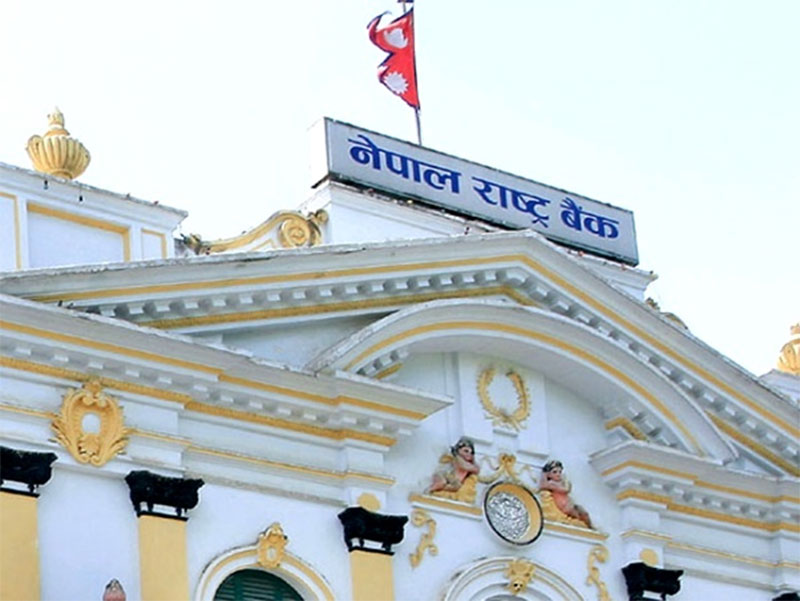


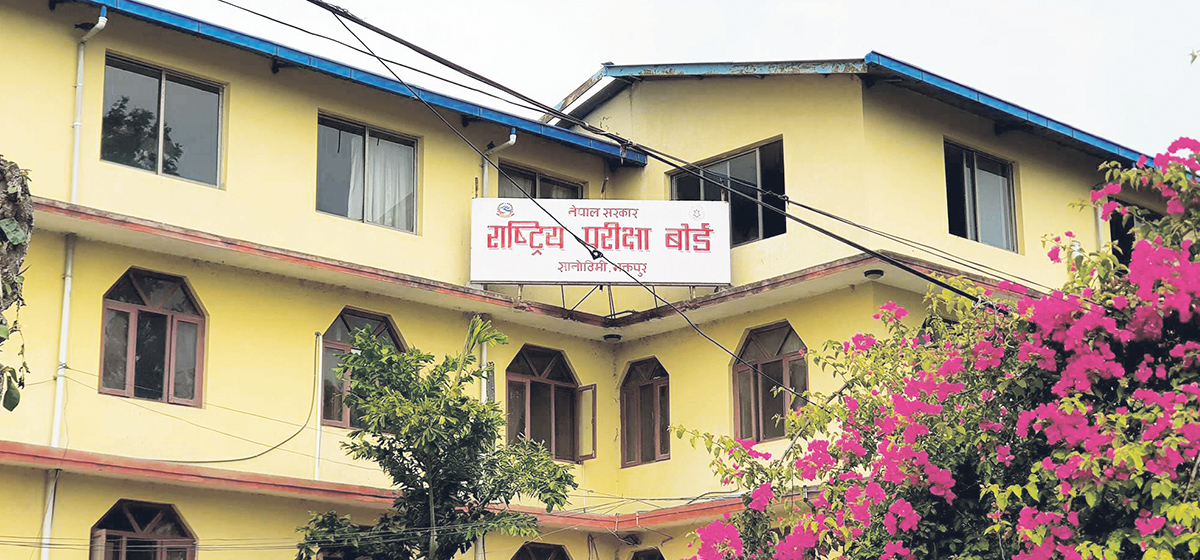

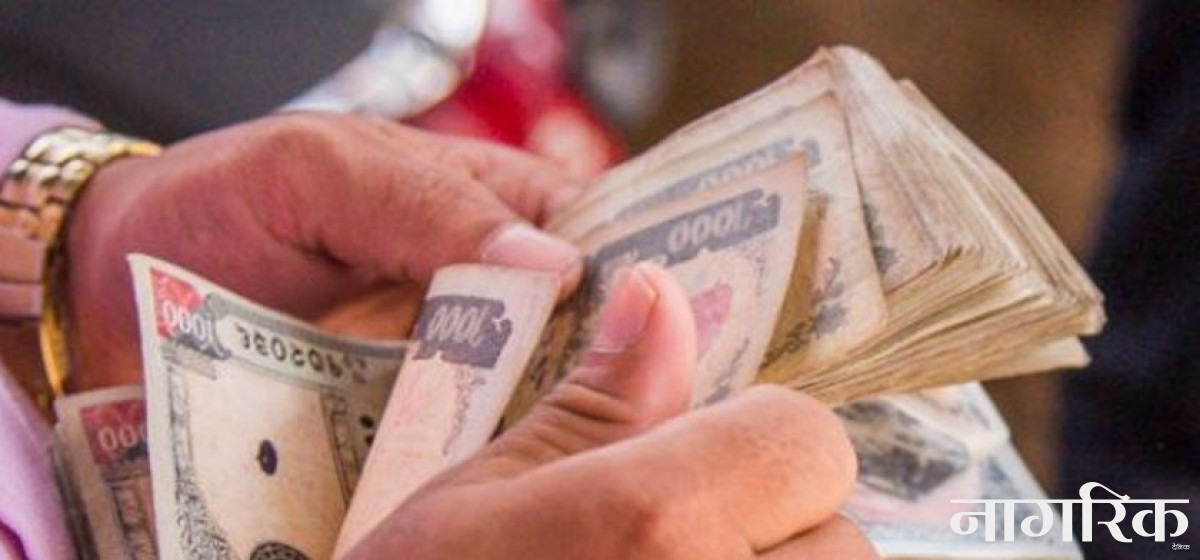
Just In
- NRB to provide collateral-free loans to foreign employment seekers
- NEB to publish Grade 12 results next week
- Body handover begins; Relatives remain dissatisfied with insurance, compensation amount
- NC defers its plan to join Koshi govt
- NRB to review microfinance loan interest rate
- 134 dead in floods and landslides since onset of monsoon this year
- Mahakali Irrigation Project sees only 22 percent physical progress in 18 years
- Singapore now holds world's most powerful passport; Nepal stays at 98th



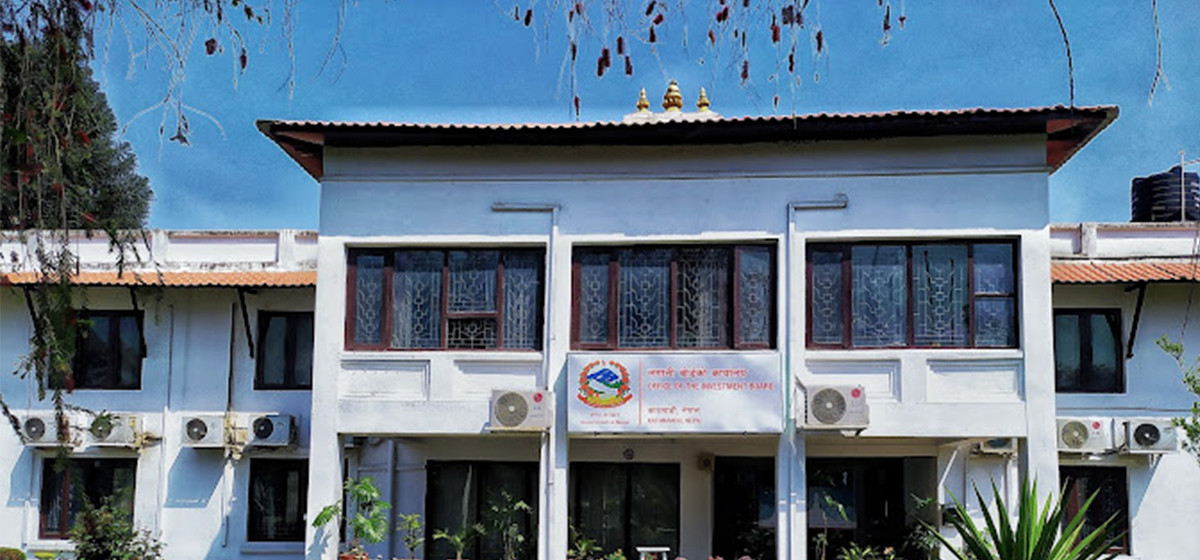


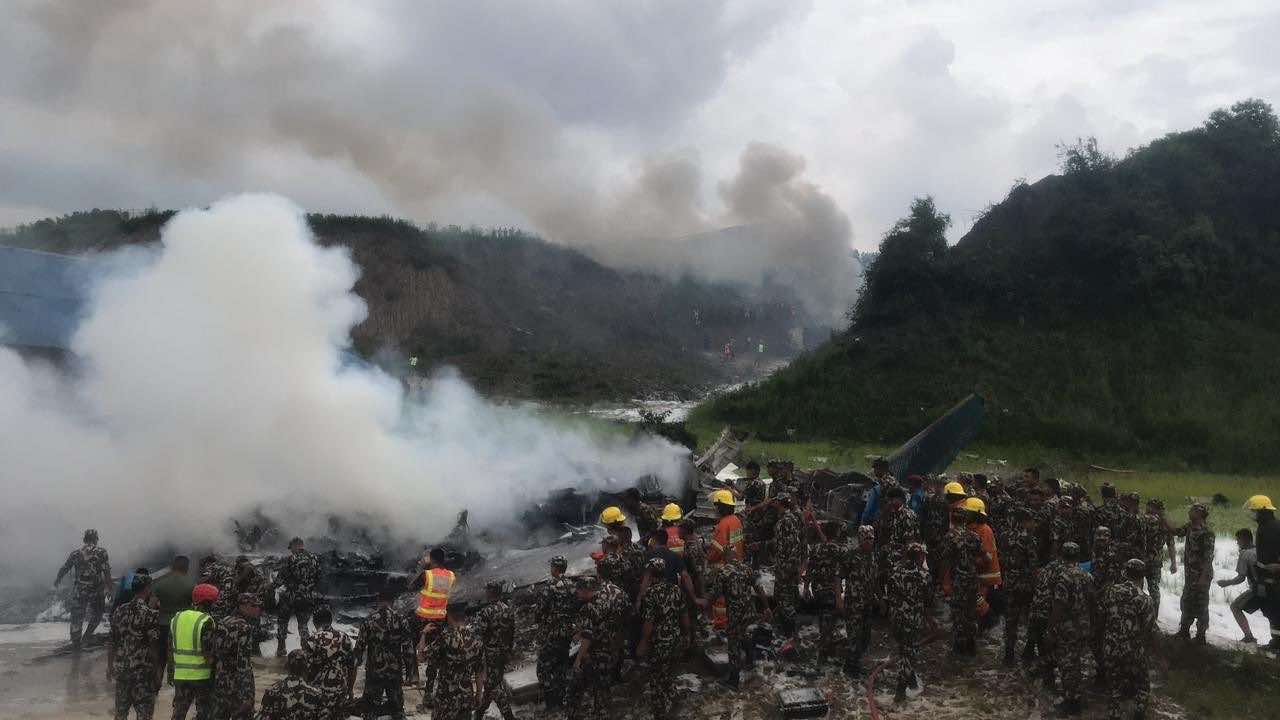
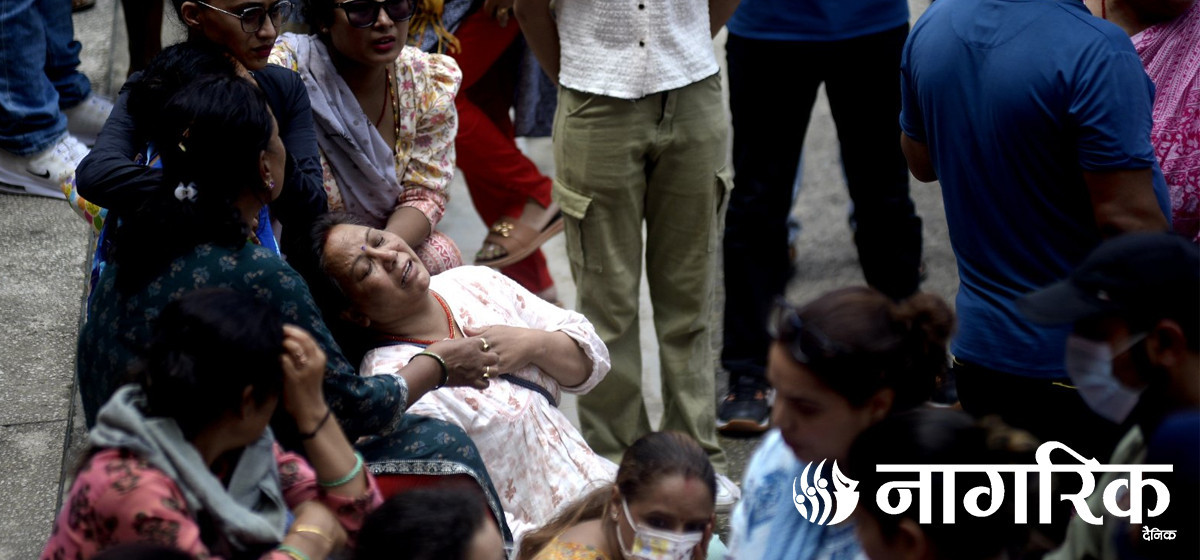



Leave A Comment